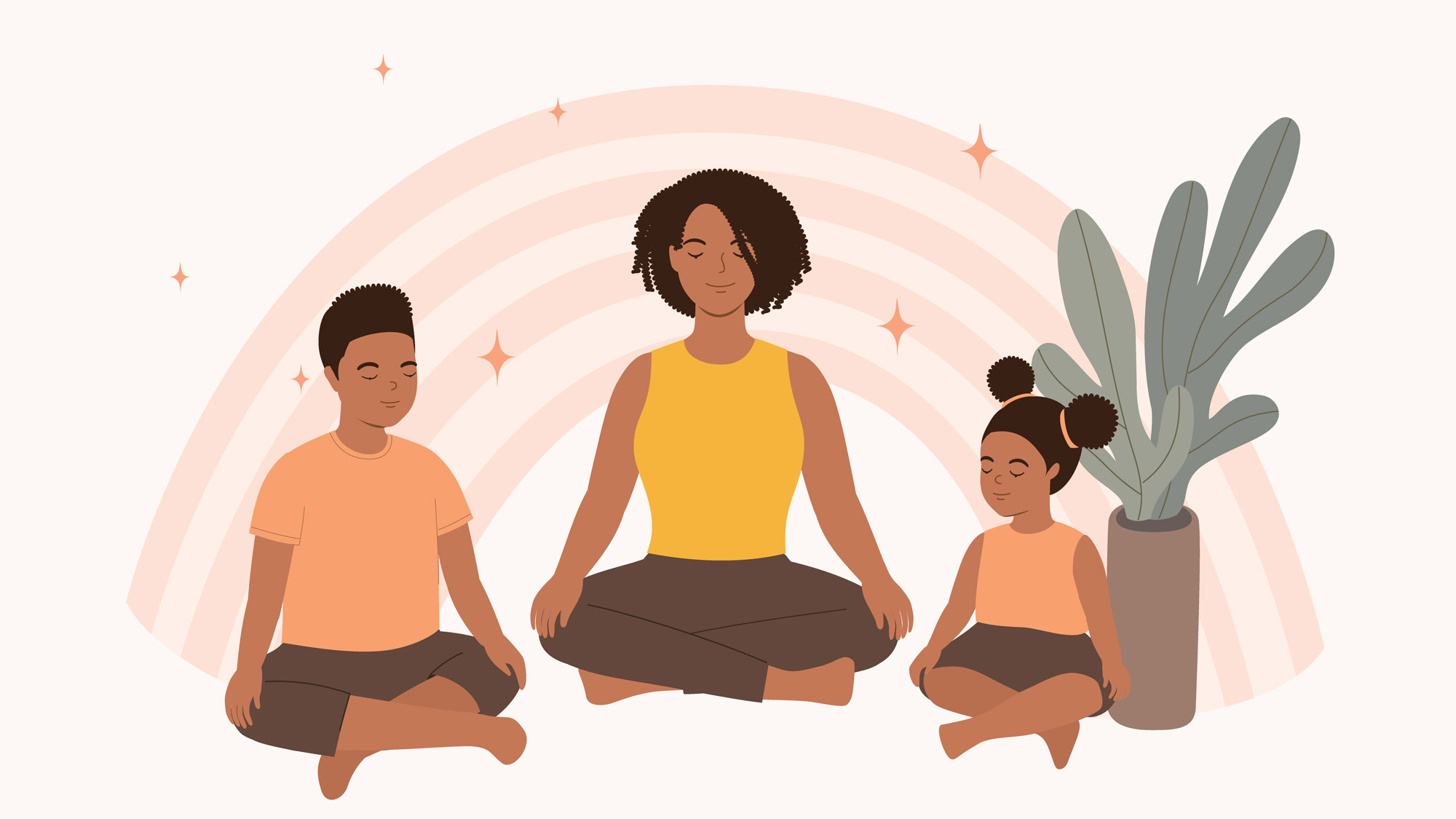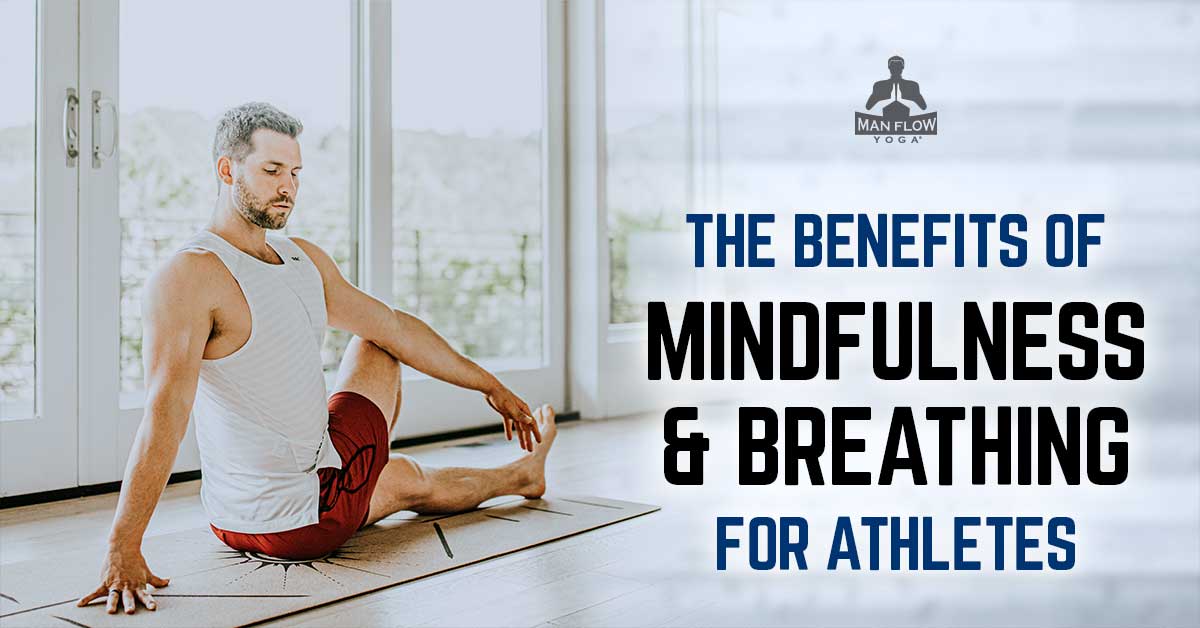How to Practice Mindfulness
Learn how to practice mindfulness with simple meditation techniques and tips to help you stay present and grounded in everyday life. The post How to Practice Mindfulness appeared first on Lion’s Roar.

What Is Mindfulness?
Mindfulness is a fundamental capability of the mind. It can be practiced for various reasons, spiritual and secular, and in various ways. Since mindfulness is always present, we can, technically, practice it in every moment of every day. Whether it be while drinking tea, during your afternoon yoga practice, or observing your breath as you fall asleep, mindfulness is always available to be cultivated further.
How to Do Simple Mindfulness Meditation
A basic mindfulness breath meditation can be for any amount of time — however long or short you have the space for. To start, try to allow yourself five minutes of meditation. Read or listen below to learn how to mindfully ground yourself in the present moment.
Take your seat. Sit cross-legged and upright on a meditation cushion or straight-backed chair with your feet flat on the floor. Try to maintain an upright posture without leaning against the back of the chair. Place your hands palms down on your thighs. With your eyes open, let your gaze rest comfortably as you look slightly downward about six feet in front of you. Bring awareness to your breath. Place your attention lightly on your out-breath while remaining aware of your environment. Be with each breath as the air goes out through your mouth and nostrils and dissolves into the space around you. At the end of each out-breath, simply rest until the next in-breath naturally begins. You can follow both the out-breaths and in-breaths for a more focused meditation. Note any thoughts and feelings that arise. Whenever you notice that a thought, feeling, or perception has taken your attention away from the breath, say to yourself, “thinking,” and return to mindfully following the breath. There’s no need to bring judgment to these thoughts, feelings, or perceptions — you can gently note them as you continue to attend to your breath and posture. End your meditation. After the allotted time, you can consider your meditation practice period over. Try to maintain the sense of calm, mindfulness, or openness you’ve experienced through the rest of your day.Guided Audio for Beginner Mindfulness Practice
Listen below and practice along with a basic breath meditation. Then, try our one- and five-minute meditation timers.
Basic Mindfulness Meditation Instruction

1-Minute Meditation Timer

5-Minute Meditation Timer
Three Tips to Keep in Mind When Practicing Mindfulness
1. Your Mind Will Wander!
It’s natural that as you begin to focus, your mind will start to wander. This is especially true if you are new to mindfulness and meditation. Our everyday lives can be hectic, and our brains are not always primed to quiet down. Things like your grocery list or an argument you had the night before might bubble into your mind. This is okay. No need to fight these thoughts. Rather, see if you can take notice when they happen and then direct your mind back to the present moment and your practice.
2. There’s No Need to Spend Money.
When we take up a new hobby or skill, we can often be inundated with advertisements trying to sell us something to speed up our efforts. This is not the case with mindfulness — all you’ll need to get started is yourself and your intention to practice.
3. You Can (and Should) Set Goals for Yourself.
Setting goals should not be overlooked when practicing a new skill, and mindfulness is no exception. If you think you work better with more defined goals — like increasing the time you can remain in the meditative state or encouraging yourself to practice mindfulness in your daily activities — then set those goals. Just don’t fixate on them, and give yourself grace and understanding if you fall short. Practicing mindfulness should not be a source of stress but rather a way to address it!

 Astrong
Astrong 






























